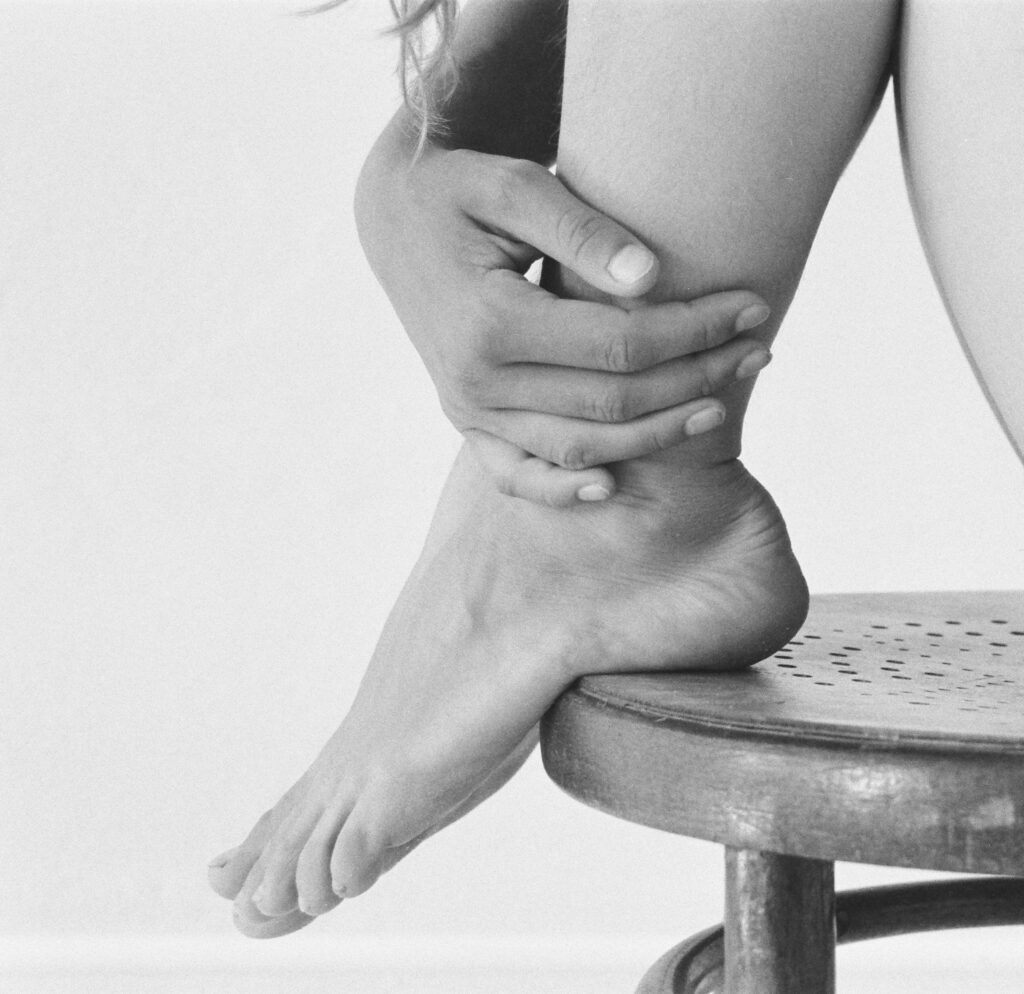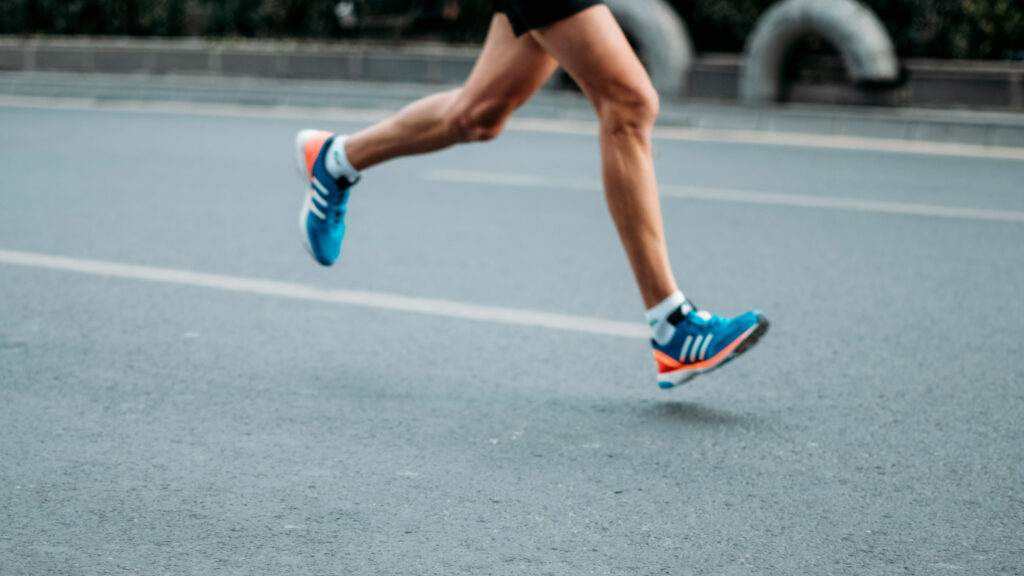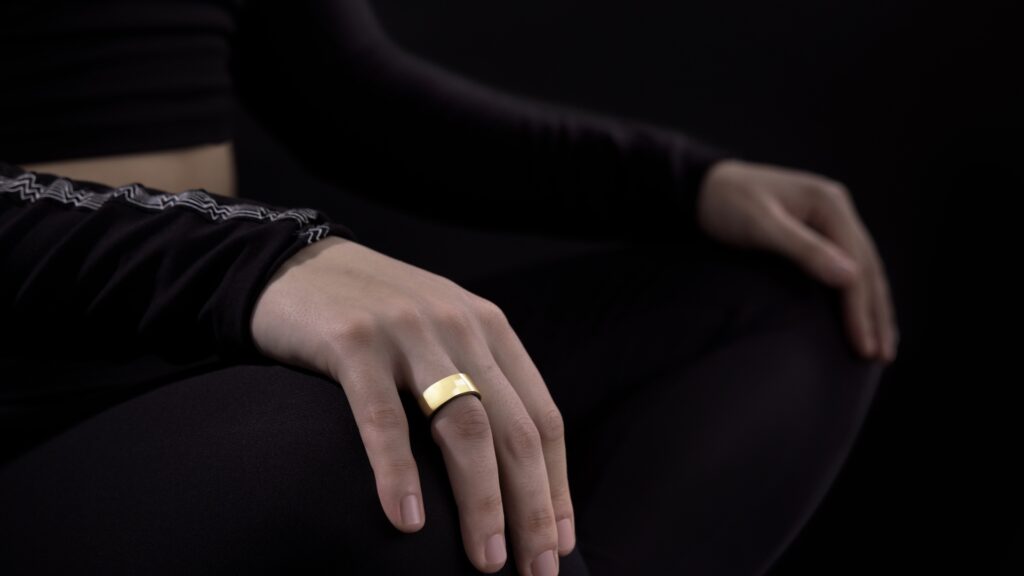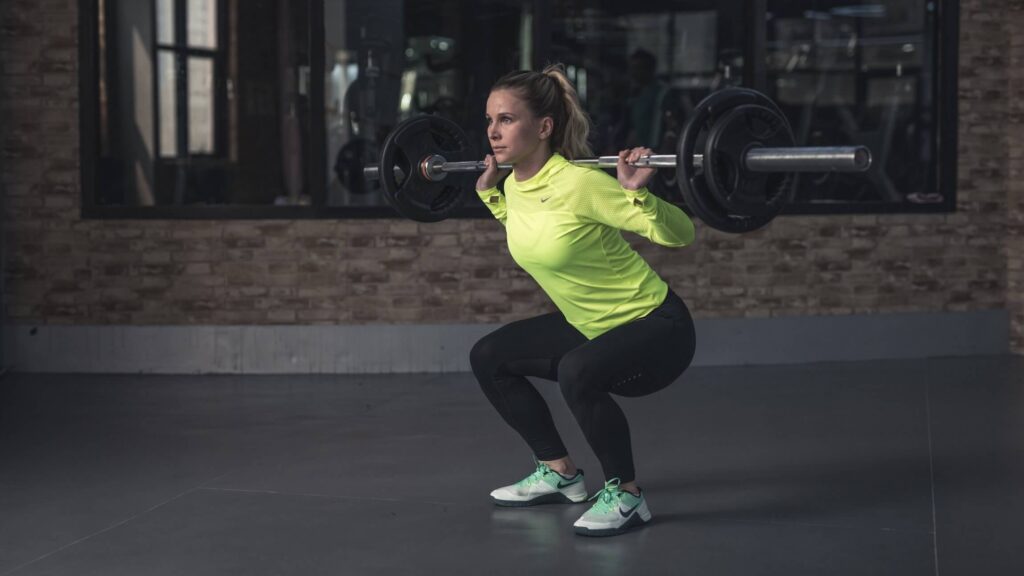The human body is a complex network of interconnected muscles, joints and ligaments. All these components need to work in cohesion for the body to function at its regular or optimal capacity. If any part of the body fails to do its bit, another part has to compensate for it. This snowballs and manifests in the form of weaknesses, tightnesses and even injuries. If you aren’t regularly strengthening, stabilising and mobilising the body, some part of the body will give way.
Since the ankle is the base of the body, it bears significant weight and requires much more strength to enable and aid proper movement. Therefore, focusing on keeping the ankle mobile, strong and stable is key. Before we delve into how to keep your ankle strong, it is imperative to understand how to spot if your ankle is weak and why it needs to be strong.
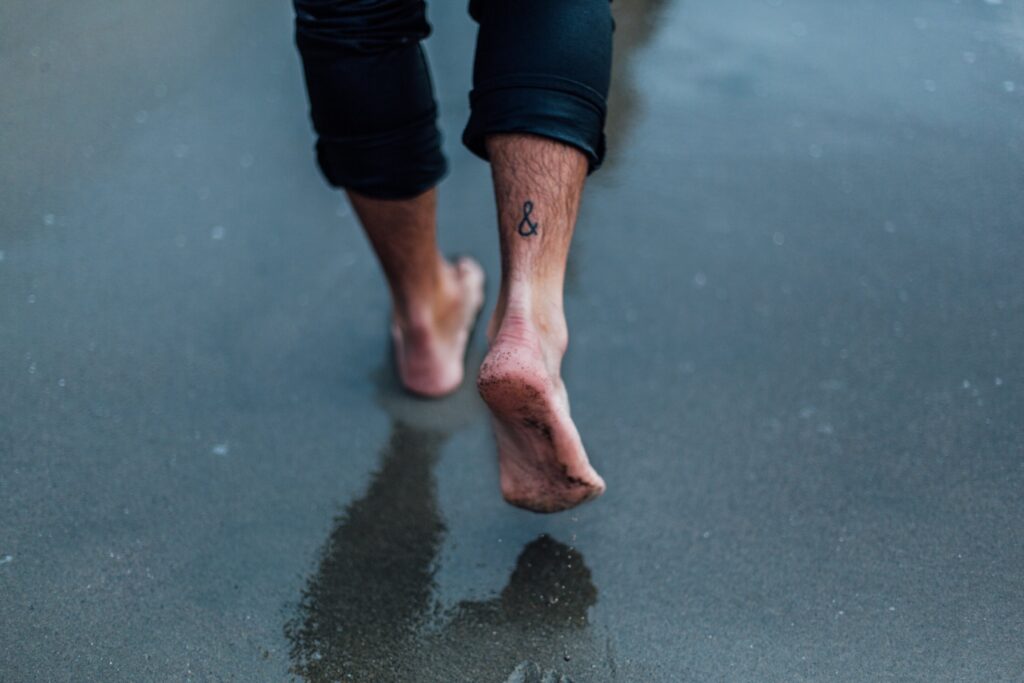
Highlights
- The ankle joint and the muscles around it experience significant wear and tear, causing the ankles to become frail, leading to issues with balance and increasing the chances of serious or chronic injuries,
- Weakness in the ankles can be caused by injuries, chronic ailments, bad footwear and flat feet,
- To keep them strong and healthy, your ankles need to have enough strength and mobility (flexibility). Since the ankle is a multi-directional joint, training the ankle to build flexibility and strength in all of its planes of motion is essential.
What does it mean to have weak ankles?
The ankle joint and the muscles around it experience significant wear and tear. Over time, this causes the ankles to become frail, causing issues with balance and increasing the chances of serious or chronic injuries—either in the ankle itself or other parts of the body that compensate for the weak ankles. Some of the ways to know if you have weak ankles are if:
- Your ankles roll outwards or constantly turn to the outside
- You sprain your ankle frequently
- Your ankles and feet get sore frequently
- You have trouble balancing
- You have difficulty keeping your ankles straight while standing or walking, particularly when you wear heels
Causes of a weak ankle
There are multiple factors that may result in weak ankles, some of which are:
- Injuries: If your body has sustained any injuries in the past, particularly in the lower body in the form of a strain, sprain, dislocation or fracture, it is likely that this has put excess pressure on the ankle or created an imbalance in the musculature around the ankle. This could be a bone, joint or ligament injury, causing the ankle to weaken, possibly because of unused or dormant muscles caused by the injury itself. Another way the ankle gets weak is by a direct injury to the ankle itself, causing the musculature around it to weaken.
- Chronic health conditions: Chronic health conditions such as osteoarthritis and diabetes cause problems in the muscles and joints, including in the ankles.
Osteoarthritis is a condition that causes a breakdown of cartilage connected to the bones. It mainly affects older people but can also impact people at a younger age. When arthritis affects the ankles, there is usually pain and inflammation along with instability, reduced range of motion and weakness in the ankles.
Additionally, the weakening of other joints in the body due to osteoarthritis further affects the ankle as it is required to compensate and take extra pressure, being the base of the body.
Diabetes is another debilitating chronic condition that can target the ankles. Over 50% of people with diabetes experience nerve damage, weakening and causing pain in different parts of the body, including the ankles. This condition often exacerbates ankle weakness and foot deformities.
- Bad footwear: Wearing shoes that are incorrect for your feet causes significant weakness in the ankles. Studies suggest that wearing incorrectly fitted footwear causes foot pain and overall poor foot health, particularly in older people. Incorrect footwear can include wearing shoes that are too narrow, wide, long, short, tight or loose for your feet, leaving insufficient support for your foot musculature and eventually causing weaknesses. Wearing footwear that binds the ankles and restricts their movement can also cause injuries in other parts of the body, eventually weakening the muscles supporting the ankle.Therefore, wearing footwear that fits properly and has ample but not too much support is the key to keeping your ankle healthy.
- Flat foot or collapsing arch (posterior tibial tendon dysfunction): Some people are born with flat feet, while some adults have acquired flat feet, a condition that is known as posterior tibial tendon dysfunction (PTTD). Some adults also have a collapsing arch (pronation of the foot) which means that the foot is not completely flat but leans inward, causing mild to severe dysfunction in the body. This can happen due to weak foot musculature and can put excess pressure on the joints of the body, including causing a weakened ankle.
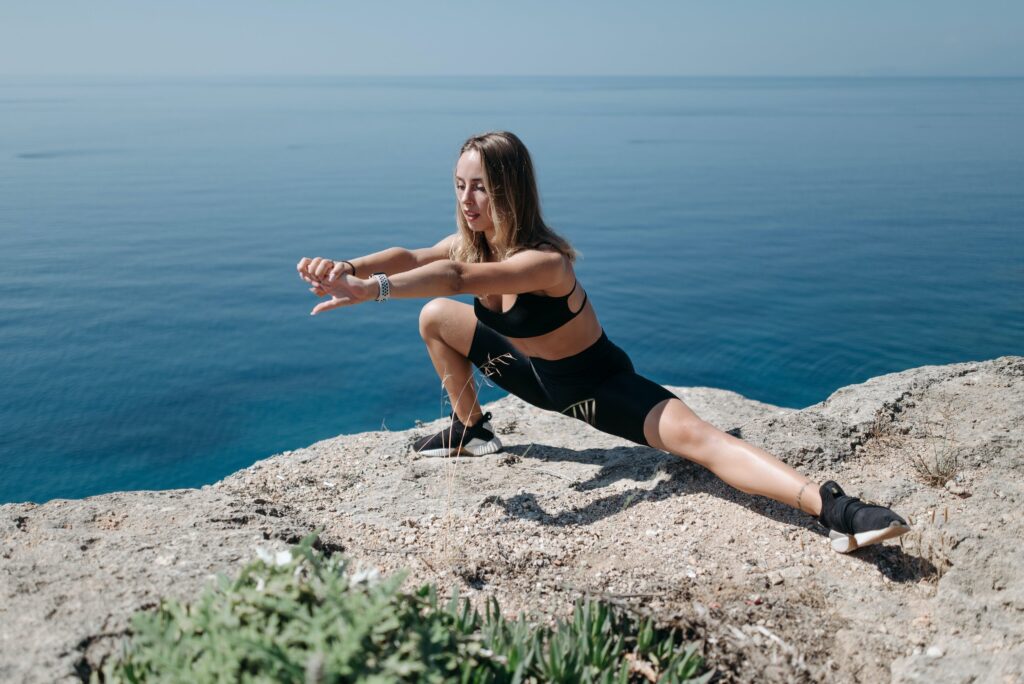
Why do stronger ankles equal a healthier body?
The human body is a kinetic chain. This means different parts of the body—muscles, joints and ligaments—work together to perform movements as one unit. Each part of the body affects the other. Your feet and ankles form the foundation of this chain. Any shift, change or injury in the ankles directly impacts the knee and/or the hip joint. Think of this like the domino effect.
When one part of the body fails, another invariably gets affected. Having bulletproof ankles can prevent injuries arising in the knee and hips because the foundation of your body is now strong. Ensuring proper mobility and strength in the ankles keeps all the other joints stable, putting a proper amount of load (weight-bearing capacity) on the apt muscles and joints.
The ankle is a part that bears a high amount of weight, and the muscles around the ankles aid running, jumping and balancing, all of which are basic daily functional activities. Strengthening the ankles can help prevent serious and chronic ailments such as shin splints and Achilles tendinitis. Additionally, to improve athletic performance and build strong legs, having ironclad ankles is imperative.
Exercises for stronger ankles
For ankles to remain strong and healthy, they need to have enough strength and mobility (flexibility). Since the ankle is a multi-directional joint, training the ankle to build flexibility and strength in all of its planes of motion is essential. You can do the following exercises to keep your ankles strong:
1. Foot rolls:
This is more of a warm-up exercise that promotes myofascial (of the muscle and fascia) release in the foot. It is done using a tough round object like a lacrosse ball, foam roller or other equipment that resembles these objects.
How it is done:
- Start by putting your foot on the lacrosse ball
- Make small clockwise circles
- Apply ample pressure to release any tight spots or knots in your feet
- Make sure to avoid pressing to the extent of a sharp or shooting pain
- Do this for 30 seconds on each side
2. Deep lunge:
This is another warm-up that is meant to stretch the muscles around the ankle to provide greater mobility.
How it is done:
- Start by getting into a lunge position with your knee directly above your ankle
- Move your front knee forward towards the front of your foot until you feel a stretch in the lower calf or Achilles tendon
- Move back and forth slowly in this position for 30 seconds and repeat on the other side
3. Calf raises:
Calf raises are another warm-up done to ensure the ankle’s stability and mobility.
How it is done:
- Start by bringing your feet together
- Lift your heels off the ground, shifting your weight onto your toes
- Slowly bring the heels back down till your feet are flat on the ground
- Make sure to control this up and down movement and not slam the heels to the ground
- Repeat for 30 seconds
4. Towel toe curls:
This exercise focuses on building strength and stability in the arch of the foot.
How it is done:
- Take a small or medium-sized towel and spread it on the floor close to the chair you are sitting on
- Place your heels on the ground and the balls of your feet on the towel
- Make sure to keep your heels off the towel and on the ground instead
- Extend your toes and pull them back in an attempt to pick up the towel from the ground
- Make sure your heels remain grounded
- Repeat this action for 30 seconds on each side or until the other end of the towel reaches your toes
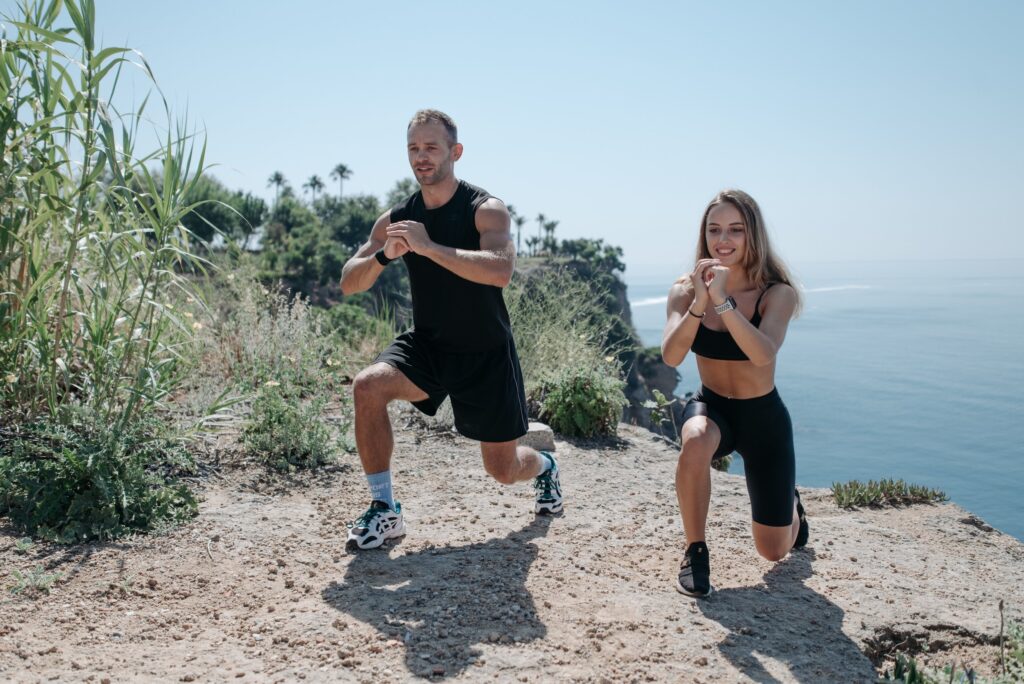
5. Towel inversions and eversions:
This exercise is meant to increase the stability and strength of your foot, particularly during movements that require pivoting your foot inward and outward.
How it is done:
- Take a small or medium-sized towel and place it parallel to your chair on the floor
- Start by placing your heel on the ground and your toes at one end of the towel
- Focusing on initiating the movement from your ankle, raise the outer edge (the side of the pinky toe) of your foot off the towel so that only the inner edge of your foot (the big toe side) is on the towel
- Start to rotate your foot from the inner to the outer edge in such a way that the towel starts to move towards the inside of the foot
- Remember to keep the heel off the towel, the balls of your feet on the towel and the knee still
- Repeat this for the entire length of the towel or for 30 seconds and then switch feet
6. Single-leg deadlift:
This exercise helps build strength and stability in the legs, particularly in the ankle, knees and hips.
How it is done:
- Stand with your knees apart at shoulder distance
- Keep one foot on the ground while hinging at the hip and taking the other leg straight back, parallel to the ground if possible
- Reach your arms towards the ground or place them on your hips but ensure that your core is engaged, keeping your body parallel to the ground
- Bring your leg back to the ground and then switch sides
- You can do ten repetitions on each side
7. Monster walks:
Monster walks help improve your hip and core function, leading to less strain on your ankles and ultimately strengthening them.
How it is done:
- Start with your feet apart at shoulder distance with a resistance band around your calf muscles
- Brace (tighten) your core and push your hips back until you are in a quarter squat position
- Keep your head and chest upright and your knees at about a 120-degree angle, making sure your knees are behind your toes throughout
- Push your knees out and then walk forward and then backwards while holding this quarter squat position
- Make sure your feet are parallel to each other with toes pointing forward
- Walk ten steps forward and then ten steps back
8. Split squats:
This exercise helps build strength and stability in the hips, knees, ankles, and the muscles around these areas.
How it is done:
- Start in a lunge position with one leg forward and one leg back
- Keep the knees at a 90-degree angle, chest upright and core braced
- Slowly lower down to tap your back knee to the ground
- Lift yourself by contracting your glute (hip) muscles to end up in a standing position
- Repeat this ten times on each side
Conclusion
The human body is interconnected. Each part of the body affects the other, with the ankles forming the base of this structure. When the ankles are weak, they roll outwards, get sprained frequently or get sore, leading to issues with standing and balancing. These weaknesses can either be inherent or caused by injuries, chronic diseases, bad footwear or flat feet.
Since the body is a kinetic chain, any weakness in the ankle affects the hips and knees. It is, therefore, important to strengthen the ankles through exercises such as foot rolls, deep lunges, calf raises, toe towel curls and single-leg deadlifts. These exercises help mobilise and strengthen the ankles, keeping them healthy and, as a result, keeping the body healthy.
Disclaimer: The contents of this article are for general information and educational purposes only. It neither provides any medical advice nor intends to substitute professional medical opinion on the treatment, diagnosis, prevention or alleviation of any disease, disorder or disability. Always consult with your doctor or qualified healthcare professional about your health condition and/or concerns before undertaking a new healthcare regimen including making any dietary or lifestyle changes.
References
- The Importance of Strong Ankles –
- What to Do if You Have Weak Ankles
- Why Stronger Ankles Make for Happier Hips, and 3 Exercises That Can Help
- The Importance of Strong Ankles – Dynamic Sports Medicine
- Incorrectly fitted footwear, foot pain and foot disorders: a systematic search and narrative review of the literature | Journal of Foot and Ankle Research
About the Author
Ashima Raizada is a fitness enthusiast and yoga therapist who helps people reverse lifestyle diseases by making simple lifestyle changes. She’s a voracious reader, a freelance writer, an avid traveller and an occasional bathroom singer.



